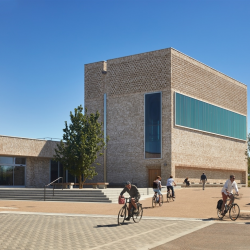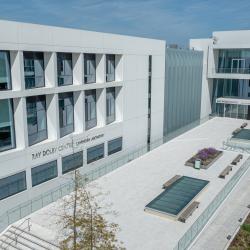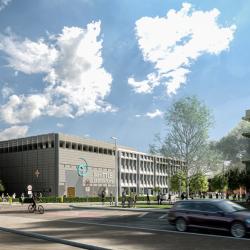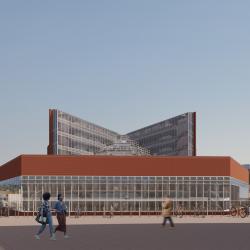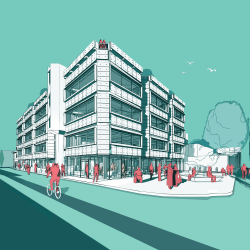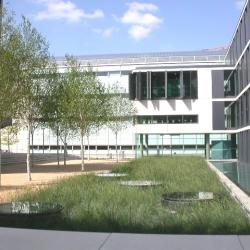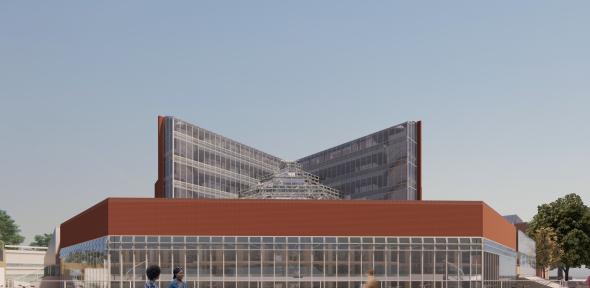
An essential role for the Estates Division is to continue shaping a more effective, efficient and sustainable University estate in line with the Reshaping our Estate Principles.
This involves working closely with the University community to ensure that every new or ongoing estates-related project supports the long-term vision: to support the University’s academic mission by developing facilities and links that better connect people across our estate, within our sites, inside our buildings.
All estate developments are guided by a cohesive strategic plan, underpinned by a unified design philosophy that was developed in collaboration with the University Community as set out within the Strategic Estate Framework (cam-only).
Property Group
Property Group is responsible for investment and development of the University’s non-operational estate supporting the University’s academic mission whilst maximising financial returns. Its work ensures that the development and management of the estate aligns with the University’s academic mission and financial objectives.
A key focus is enhancing the value of the University’s non-operational estate (commercial portfolio), delivering strong financial returns and supporting the Cambridge ecosystem through strategic development and stewardship. The team leads major development projects, including the University’s strategic housing development at North West Development, Eddington, and the establishment of a world-class innovation district at Cambridge West.
The group also oversees portfolio valuations, compliance, and property records and data management.
The University’s management of its non-operational property portfolio is overseen by the Property Board.
Planning
The Planning team provides an in-house town planning service for the University (excluding Colleges) on both operational and non-operational development. This includes the provision on planning advice at feasibility and design development stages, the preparation and submission of planning applications and engagement with the local planning authorities to secure planning policies and proposals that support the development of our estate. The team also collaborates with partners to promote strategic development opportunities. It also engages with transport authorities to shape transport strategies, and with transport service and infrastructure providers on transport projects.
Current planning matters
| Sainsbury Laboratory roadway renewal |
| Temporary building on the Forvie site |
| Key Cambridge West planning documents |
Programme Delivery
All building projects, whether new-build or refurbishment schemes, that emerge from the Principal Programme Management Boards through the Estates Committee for the operational estate and Property Board for the non-operational estate are undertaken on behalf of the University by the Programme Delivery team.
This team is tasked with overseeing a wide range of development projects, including those related to academic and research facilities, as well as operational buildings that support the University's day-to-day functions. The scope of their work extends beyond educational spaces to encompass a variety of commercial properties, residential housing and essential infrastructure, such as roads, bridges, and other key facilities that support the University's overall growth and development.
These projects are often large-scale and multi-faceted, requiring careful co-ordination to ensure they meet the needs of the University Community while adhering to a wide array of regulations, safety standards, and budgetary constraints.
All construction projects are expected to contribute towards the delivery of our carbon reduction target. Projects are expected to identify opportunities to achieve exemplary levels of energy efficiency, heat decarbonisation and renewable energy generation.

